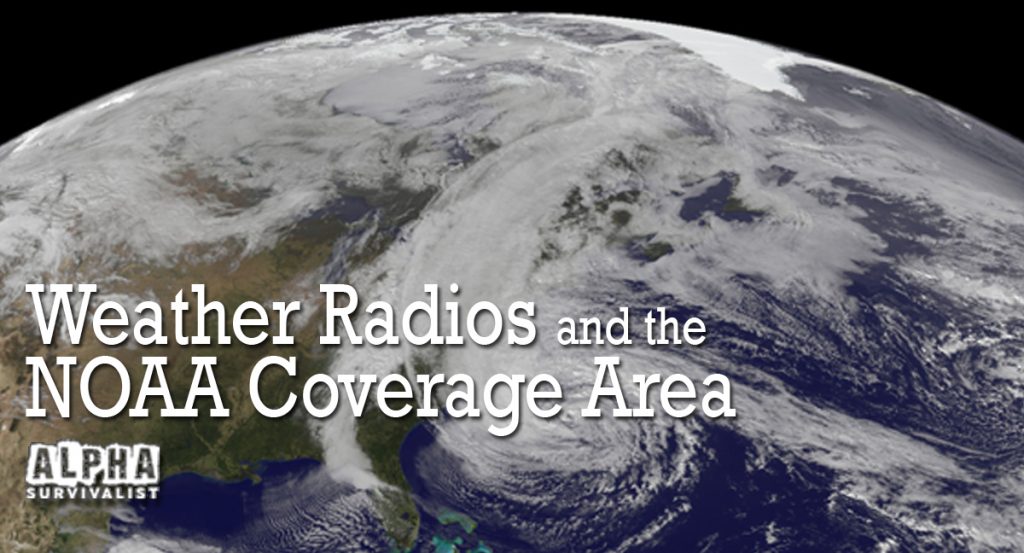If you live just about anywhere in the United States, you have probably already heard about the NOAA radio alert network.
Considered to be one of the most comprehensive weather radio networks in the United States if not the world.
The network is designed to warn people in advance of potentially dangerous weather hazards and anomalous weather conditions.
The NOAA has helped families and individuals prepare for and get out of the way of large, destructive events such as strong hurricanes, tornadoes, forest fires and snow storms; saving countless lives in the process.
Where did the NOAA Originate?
The network initially consisted of just under 30 VHF-FM transmitters that were tasked to bring local weather reports regarding weather hazards to the general population. The number of transmitters rapidly grew from 29 to 66, then by the end of the 1970s, over 300 transmitters were established throughout the entire country.
Today, there are well over 1,000 weather transmitters that ensure a coverage area of about 97% of the entire United States.
Basically, anywhere you go within the US, land and water, you will be protected by the large array of radio transmitters that constantly provide weather updates and storm warnings on land and sea.
How Does the System Work?
The NOAA network works by broadcasting vital information about hazards and bad weather throughout the entire country. The numerous transmitters that are placed in key strategic locations throughout the country ensure that the signal is strong enough to be heard throughout the local or regional area that it targets.
The signal can typically be picked up by any weather alert radio but ensuring you have a hand crank emergency weather radio is a great idea and is by far the best option as you will still be able to receive weather alerts even when the power is down or the batteries in your regular radios have run flat.
With a hand crank weather radio locals who are forced off the grid for whatever reason, or who have to deal with constant power shortages, are still able to receive relevant support and up-to-the-minute information regarding the state of the weather in their specific region.
Much of the information presented through the radio broadcast has to do with regional forecast updates and summaries that can be transmitted through NOAA as often as once every 15 minutes.
Basically, if you get your hand-powered radio, there are very few places where NOAA can’t reach you.
Whether providing tornado warnings or raising awareness about strong, unpredictable storms, NOAA alert radios have become completely indispensable in this day and age.
Learn more about the best hand cranked weather radios currently available here.
What is the NOAA’s Coverage Area?
The NOAA coverage area extends to the entirety of the United States. It’s not just limited to the most densely populated areas like the East and West Coast, but also extends to regions of countryside where there are no cities for hundreds of miles.
The extent to which the NOAA weather radio network can go to warn people regarding future storms, fires, floods or tornadoes is more than impressive.
Even though coverage for Alaska is somewhat more limited, NOAA also covers large areas within and around the Rocky Mountains, the waters of Florida, Hawaii and Puerto Rico, and the large, open spaces of the state of Texas.
